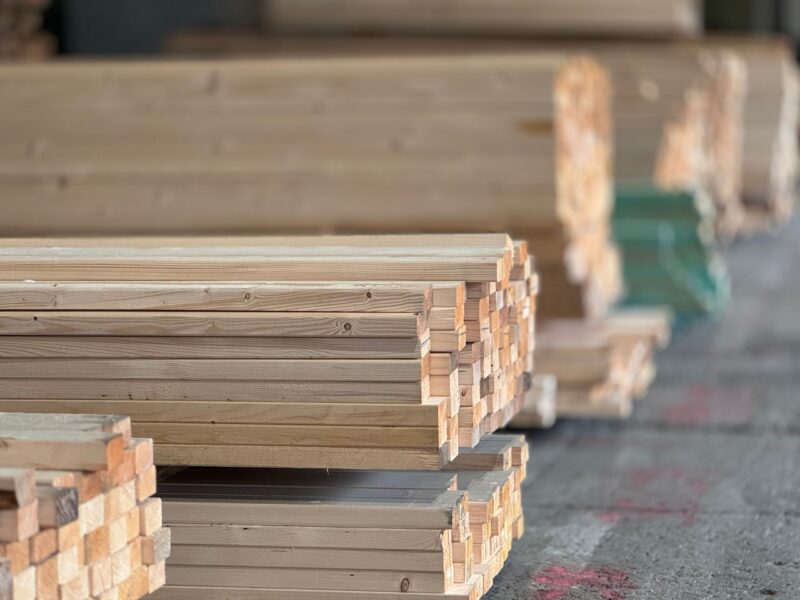Published: 17/03/25 By: Mike Bekin
When you choose timber for your construction project, you want to be certain that it will be fit for purpose. That is why our team take the mechanical properties of each batch of timber we supply seriously. That includes ensuring the timber has been tested before we deliver it to your door (or construction site), taking into account everything from bending strength to compression resistance. But how do we do this? Let’s take a closer look.
Why Standardised Testing of Timber Matters
Timber’s strength can vary widely depending on its moisture content, defects and grain structure. Standardised tests ensure consistency by following strict methods for analysing different sizes of timber, moisture conditioning and loading rates.
EcoChoice can offer products that adhere to BS EN 408:2003, which is a very comprehensive standard for determining the mechanical properties of the wood.
Testing Key Mechanical Properties
Before reaching us at EcoChoice, construction grade timber is rigorously tested to these standards. The different tests carried out to measure the mechanical properties of different boards include:
Modulus of Elasticity (MOE):
The modulus of elasticity measures how much your timber is likely to deform under very heavy loads. During testing, shifts in the timber are recorded over a central gauge length while the load increases. This provides plenty of information as to the stiffness and strength of the wood, ensuring it is suitable for structural applications.
Tensile and Compressive Strength:
This test checks how well timber can handle being pulled apart or contracted along the direction of its grain. To test this, a piece of timber is pulled or pushed until it breaks. The strength is then calculated by dividing the force which caused it to fail by the size of the piece’s cross-section.
Bending Strength:
How well will your timber bend under stress? We work this out using the four-point bending test, which loads the timber at two points (symmetrically) to create a clear stress zone. The bending length is then calculated from the maximum load and the section modulus. Interestingly enough, this setup can also be used to measure shear modulus.
Perpendicular to Grain Properties:
While most tests focus on timber’s strength along the grain, perpendicular testing evaluates its ability to withstand forces applied across the grain. These properties are crucial for assessing how timber performs in applications where it is likely to experience pushing and pulling from non-parallel forces.
Find Timber With the Right Mechanical Properties at EcoChoice
Want to be certain your timber has been mechanically tested? Choose EcoChoice. We ensure all our timber products are tested and strength-graded before sending them out for your use so that you can enjoy the peace of mind that you are getting the right timber for the job at hand. Start your order now by getting in touch with our team.
